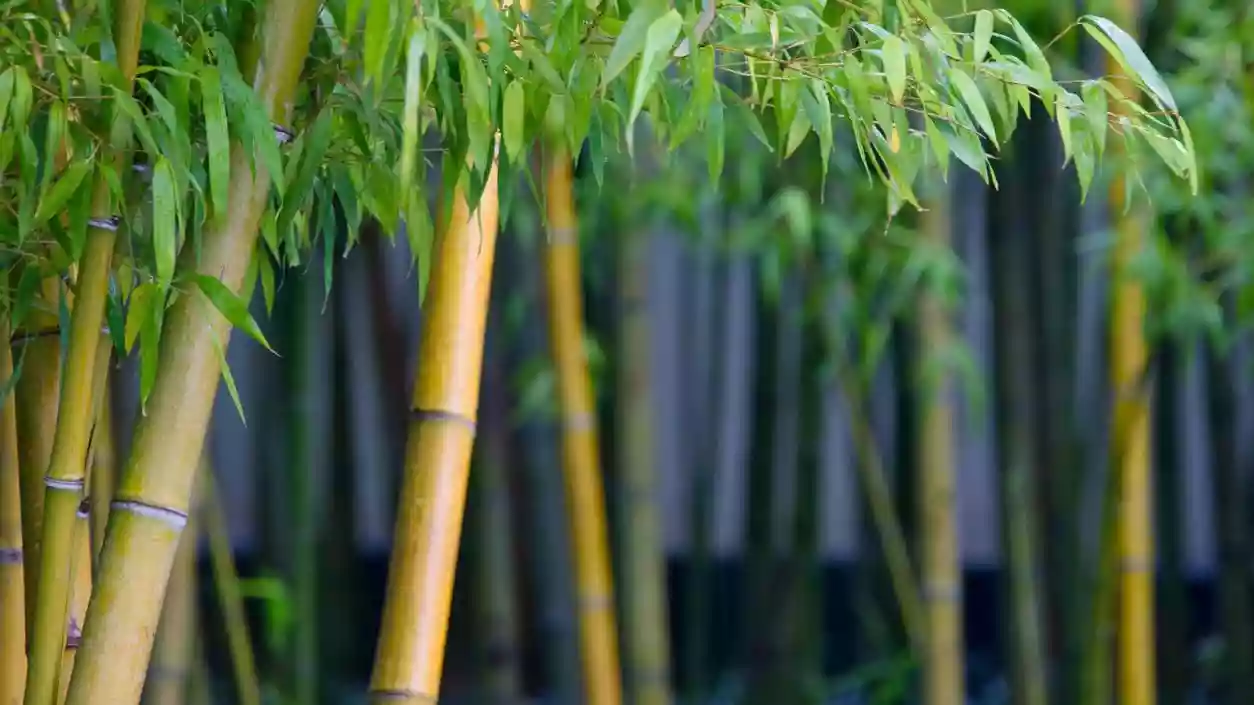.gif)
.gif)

The forest department of Bengal has initiated the planting of 50,000 bamboo saplings in the Jungle Mahal region to reduce elephant attacks on villages and farmland. This step follows an earlier pilot project in the Chandra Range where 4,000 bamboo plants were introduced. The project aims to provide an alternative food source for elephants and prevent their frequent incursions into human settlements.
Elephants frequently enter villages across districts such as Jalpaiguri, Alipurduar, Bankura, and parts of North and South Bengal. These incidents have led to loss of human life, crop destruction, and damage to property. According to forest department data, approximately 10 to 12 people die annually due to elephant attacks in these areas. Around 150 to 200 elephants reside year-round in forests located in West Medinipur, Jhargram, and Bankura, with recent counts noting about 180 elephants present.
The pilot project in Chandra Range demonstrated effectiveness, as a herd of 25 elephants avoided the area for at least five days after the bamboo was planted. Based on this, the forest department decided to expand bamboo planting across three elephant-prone areas — Chandra, Lalgarh, and Pirghata. Along with bamboo, other vegetation like Sacharam Narenga grass is also being planted to diversify food sources for the elephants.
Bamboo is chosen due to its fast growth and cost-effectiveness, with an expenditure of around ₹30,000 per hectare for planting. It grows faster than other trees like jackfruit and mango, providing elephants with a quick and sustainable food supply. This strategy is expected to reduce elephants’ need to enter farmland in search of food, thereby limiting crop damage.
State Forest Minister Birbaha Hansda stated that besides bamboo, various other trees and grasses are being planted to create alternative food sources for elephants in South Bengal. The effort focuses on protecting crops and minimizing human-elephant conflict by addressing food scarcity inside forest areas.